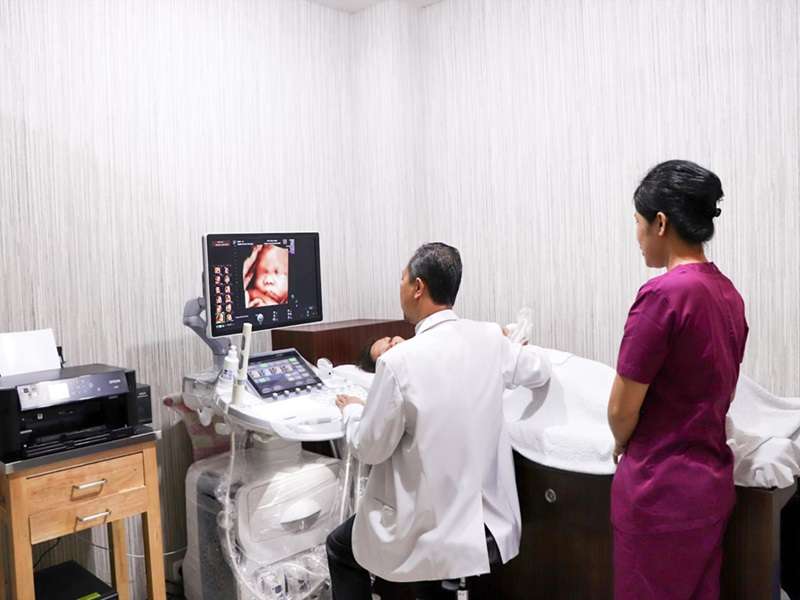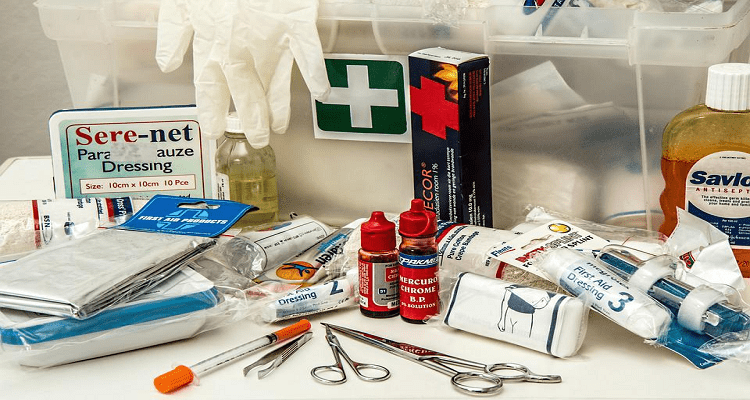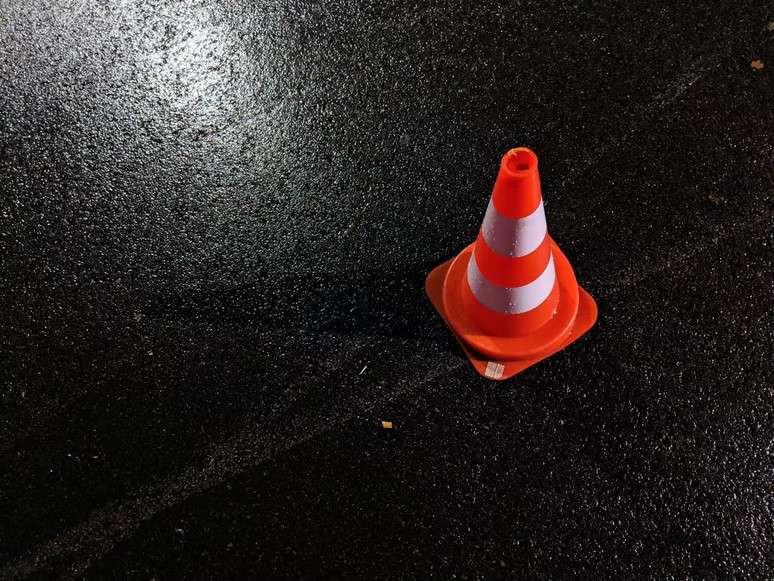If you’ve just been involved in a car accident, there’s a chance that you’re suffering from damage or injuries. It’s possible that you’re now dealing with injuries or damage that can have long-lasting consequences. These could lead to financial losses, medical expenses, vehicle repairs, and routine changes.
To help you navigate the aftermath of a vehicular accident, the best course of action is to secure the compensation you deserve. One aspect of maximizing your chances of receiving fair compensation is documenting the incident.
So, if you need help to pursue car accident compensation, keep reading. Here’s a step-by-step guide to ensure that you gather all the necessary evidence to support your claim:
- Prioritize Safety
The initial step after a car accident is prioritizing safety. If urgent medical attention is needed for you or others involved, call for help immediately.
Picture this: You’ve just been rear-ended on your way home from work. You’re feeling shaken and a bit disoriented. In this situation, staying calm and ensuring everyone involved is okay is crucial.
Aside from that, it’s equally crucial to preserve the accident scene as much as possible. For safety reasons, refrain from moving any vehicles involved unless necessary. This will help safeguard the evidence and make it easier to determine fault later on. But if it’s safe to do so, it’s advisable to turn on your hazard lights and move your car to the side of the road.
- Contact the Authorities
After ensuring everyone’s safety, it’s essential to contact the authorities. This can be done by calling the police or emergency services, depending on accident severity and local protocols. When you report the accident to the authorities, official documentation of the incident is created.
Imagine you and the other accident victim agree to handle the situation without involving the police. However, this agreement could hinder your ability to claim compensation later on. To ensure you have the strongest case possible, it’s better to err on the side of caution and report the accident. Safety should always be prioritized, and reporting the accident is a precautionary measure worth taking.
- Exchange Information
Once the authorities have been contacted, exchanging information with all parties involved in the accident is crucial. This includes gathering the other drivers’ contact, insurance, and license plate numbers.
Moreover, it’s recommended to obtain contact details from any individuals who witnessed the incident. Say you were involved in a multi-car pile-up on a busy highway. In this case, it’s wise to interview all drivers and witnesses who may have valuable insights into what happened.
Remember, gathering as much information as possible will strengthen your case when filing a claim.

- Take Photos and Videos
Visual evidence is crucial in documenting your car accident and supporting your claim. Take clear and detailed photos and videos of the following:
- The Vehicles Involved
The extent of damage to your vehicle and the other vehicles in the accident serves as significant proof for your claim.
- The Scene of the Accident
Photograph the surrounding area, including skid marks, debris, and nearby traffic signs.
- Injuries
Capture images and video of any sustained injuries like bruises, cuts, or lacerations.
This visual evidence will help paint a clear picture of the accident for the insurance company. However, these photos and videos must be taken before the accident vehicles are moved from the accident scene. This will provide the most accurate evidence and help support your claim.
- Document Medication
To ensure a comprehensive record of the accident, it’s essential to document not only the physical damage but also the medications involved. This includes the following:
- Medical Assessments
Identify whiplash, internal injuries, or fractures that occurred.
- Tests Conducted
Include any blood tests, neurological examinations, electrocardiograms, X-rays, and MRI scans conducted.
- Prescriptions
Note the usage of painkillers like opioids and NSAIDs, as well as any anti-inflammatory medications prescribed.
- Rehabilitation Plan
Detail the pain management techniques and orthopedic or occupational therapy recommended for your recovery.
This detailed medical documentation will help demonstrate your injuries’ severity and impact.
- Record Relevant Details
While the memory is fresh, it’s best to record all relevant details about the accident promptly. Take note of these:
- Time
If you can record the precise accident time on your phone or other devices, ensure to take note of it. This information will aid in establishing the sequence of events and can be helpful in your claim submission.
- Weather Conditions
Record any rain, fog, or other weather conditions that may have contributed to the incident. This information can help determine factors like visibility and road conditions that may have affected the accident.
- Traffic Conditions
Note any traffic congestion or road closures at the time of the accident. This information can help determine fault and the circumstances surrounding the accident.
- Road Layout
Describe the layout of the road where the accident occurred. Note if it was a highway, an intersection, or a residential street. Mention any relevant traffic signs, signals, or road markings.
- The Exact Location of the Incident
Most importantly, record the exact location of the accident. This includes street names, landmarks, or other details that can help pinpoint the location.
These details will provide crucial context when you submit your claim to the insurance company.
- Hire an Attorney
Coping with the legal aspects of a car accident claim can be overwhelming, mainly if you’re already dealing with injuries and property damage. To ensure a smooth process and maximize your compensation, it’s recommended to enlist the services of a personal injury attorney who specializes in vehicular accidents. They’ll advocate for your interests during negotiations with insurance companies, striving to achieve the best possible outcome.
For example, if you’ve sustained neck strain or whiplash and are facing a complex claims process, consulting with a personal injury attorney may be beneficial. They’ll help you in navigating the legal system and protecting your rights. Their experience handling car accident claims can increase the likelihood of a favorable outcome.
- File an Insurance Claim
Once you have all the necessary information, it’s time to file an insurance claim. Contact your insurance company and provide them with the relevant accident details.
Keep in mind to be honest and provide accurate information to avoid claims delays and complications. Your insurance agent will assist you in navigating the following steps and help you understand available coverage.
- Preserve Evidence
Preserving evidence is crucial in the claims process as it guarantees a solid foundation for presenting your case. Safely store all relevant documents, such as accident reports, medical records, and repair estimates.
For example, you can keep a folder or binder to organize all paperwork related to your car accident. This way, you’ll be fully prepared when discussing your claim with the insurance company.
Key Takeaways in Maximizing Compensation
Remember, documenting your car accident is essential to support your compensation claim. By following this nine-step guide and staying organized throughout the process, you’ll be better equipped to handle the challenges that may arise.
So, start taking the necessary steps to ensure your rights are protected. May you recover quickly and receive the maximum compensation you deserve!
Read More: How to Recover after A Car Accident: 6 Useful Tips
















